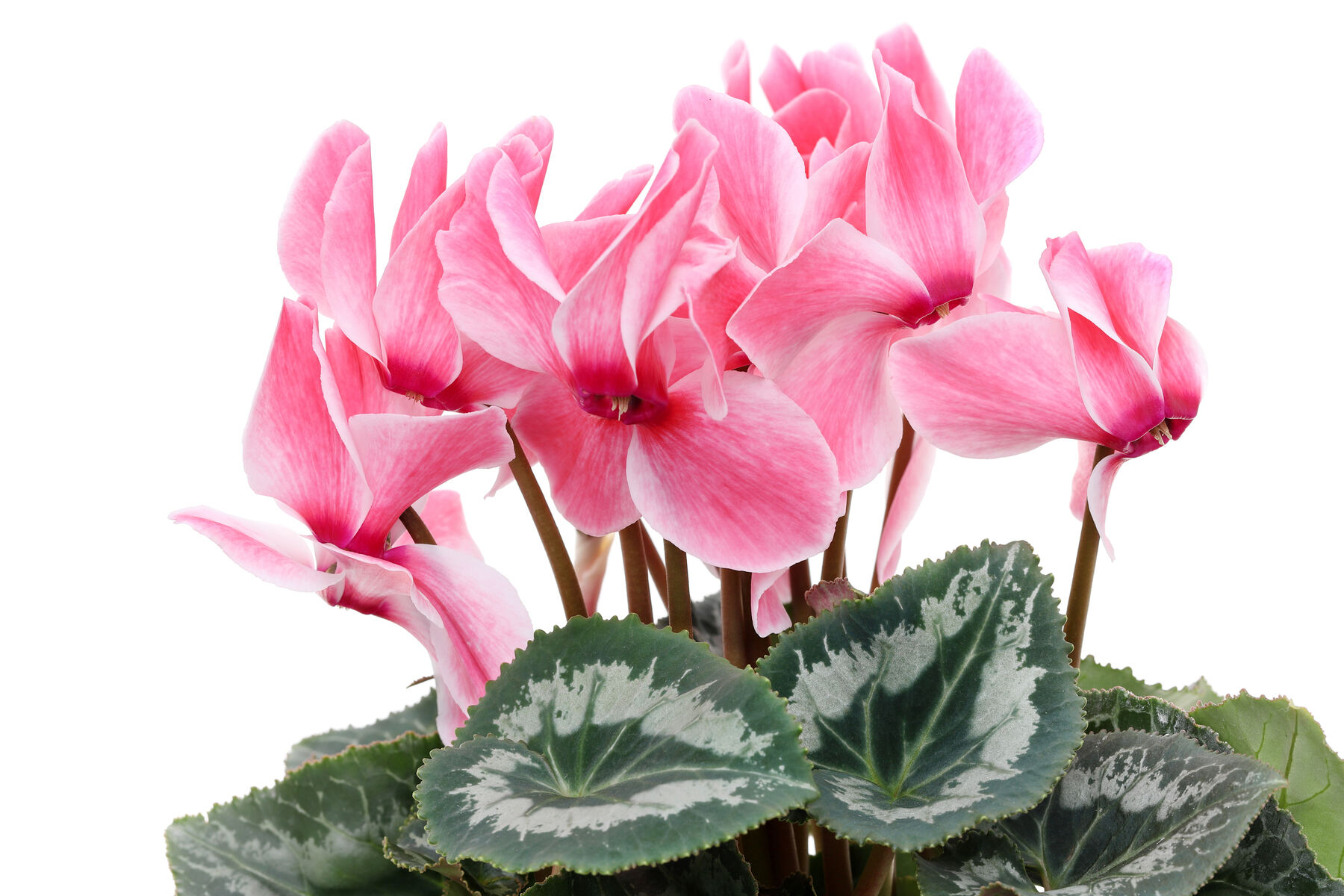
Cyclamen, a beautiful flowering plant known for its vibrant petals and striking foliage, has captured the hearts of plant enthusiasts around the world. While it may seem like just another colorful addition to your garden or indoor space, there’s more to cyclamen than meets the eye. In fact, this fascinating plant has some mind-blowing facts that are sure to pique your interest. From its unique ability to survive in harsh conditions to its rich symbolism in various cultures, cyclamen is a plant that holds many secrets. In this article, we will delve deeper into the world of cyclamen and uncover nine surprising facts that will leave you amazed. So, sit back, relax, and prepare to have your mind blown by the wonders of cyclamen.
Key Takeaways:
- Cyclamen flowers come in vibrant colors and unique spiral shapes, symbolizing love and affection. They thrive in cool temperatures and have stunning foliage patterns, making them popular houseplants for beginners.
- Native to the Mediterranean region, cyclamen plants have tuberous roots and even medicinal properties. They are low-maintenance, perfect for indoor spaces, and have been used in traditional medicine for respiratory health.
Cyclamen come in a variety of vibrant colors
Cyclamen, a genus of flowering plants, is known for its stunning range of colors. From vibrant pinks and purples to soft pastels and even white, cyclamen flowers add a pop of color to any garden or indoor space.
Cyclamen have unique spirally shaped flowers
One of the distinctive features of cyclamen flowers is their unique spiral shape. The petals curve backward, creating an elegant and visually appealing shape that is unlike any other flower.
Cyclamen symbolize love and affection
These beautiful flowers are often associated with love and affection. In Victorian flower language, giving someone cyclamen is a way to express deep and sincere emotions.
Cyclamen thrive in cool temperatures
Cyclamen plants prefer cool temperatures, making them ideal for colder climates or indoor environments with moderate temperatures. They thrive in temperatures between 50-65°F (10-18°C).
Cyclamen leaves have unique patterns
Aside from their stunning flowers, cyclamen plants also feature distinctive foliage. The leaves are often veined and marbled, showcasing beautiful patterns that add visual interest even when the plant is not in bloom.
Cyclamen are native to the Mediterranean region
Cyclamen species are native to the Mediterranean region, including countries like Greece, Turkey, and Iran. These plants have adapted to thrive in the rocky and dry conditions of their natural habitat.
Cyclamen have tuberous roots
Cyclamen plants have tuberous roots, which are hard, swollen structures that store water and nutrients. These roots allow cyclamen plants to survive periods of drought and harsh environmental conditions.
Cyclamen are popular houseplants
Due to their attractive flowers and foliage, cyclamen plants have become popular choices for indoor gardening. They can brighten up any room and are relatively low-maintenance, making them ideal for beginners.
Cyclamen have medicinal properties
In traditional medicine, cyclamen has been used for its medicinal properties. It is believed to have benefits for respiratory health and is used in remedies to treat coughs and congestion.
Conclusion
Cyclamen is an extraordinary plant with a rich history and fascinating characteristics. Its unique ability to thrive in cool temperatures, stunning variety of colors and patterns, and intriguing cycle of growth make it a favorite among plant enthusiasts. Furthermore, its widespread cultural significance and medicinal uses elevate its status even further. Whether you are an avid gardener or simply appreciate the beauty of nature, exploring the world of Cyclamen is sure to leave you mind-blown. So go ahead, add a touch of magic to your garden with this remarkable plant and enjoy its beauty year after year.
FAQs
1. How do I care for my Cyclamen plant?
Proper care for Cyclamen includes placing it in a cool, well-lit area, watering it sparingly from the bottom, and providing good air circulation. Avoid overwatering and keep the soil slightly damp, but not waterlogged.
2. Can I grow Cyclamen indoors?
Yes, Cyclamen can be grown indoors. Choose a bright spot near a window, and make sure the temperature is kept cool. Indoor-grown Cyclamen can bloom from late autumn to early spring.
3. How long does Cyclamen bloom for?
The blooming period of Cyclamen varies depending on the species and growing conditions. Generally, it can bloom for several weeks to a few months, providing a burst of color during the cooler months of the year.
4. Is Cyclamen toxic to pets?
Yes, Cyclamen is toxic to pets such as cats and dogs. It contains compounds that can cause gastrointestinal upset, including vomiting and diarrhea, if ingested. Keep your pets away from Cyclamen plants.
5. Can I propagate Cyclamen plants?
Yes, Cyclamen can be propagated through seeds or division. However, it can be a challenging process, as the seeds require specific conditions to germinate, and division can be tricky due to the plant’s delicate tubers.
Was this page helpful?
Our commitment to delivering trustworthy and engaging content is at the heart of what we do. Each fact on our site is contributed by real users like you, bringing a wealth of diverse insights and information. To ensure the highest standards of accuracy and reliability, our dedicated editors meticulously review each submission. This process guarantees that the facts we share are not only fascinating but also credible. Trust in our commitment to quality and authenticity as you explore and learn with us.
